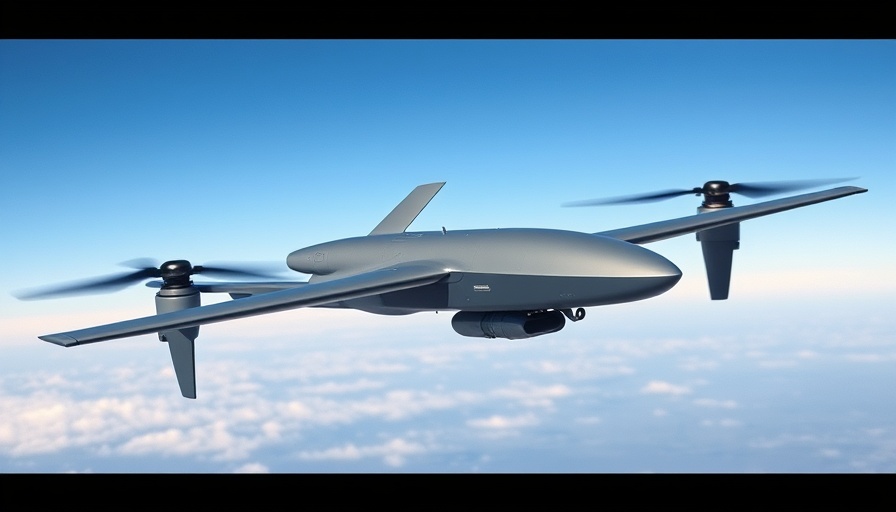
Understanding the Impact of AI on the Construction Industry
As artificial intelligence (AI) continues to alter the foundational aspects of business operations, it holds significant implications for the construction sector. Business owners, property developers, and facility managers must recognize that AI is not just evolving; it is reshaping how companies manage projects, engage with stakeholders, streamline processes, and ensure their competitive edge.
The acceleration of AI capabilities, particularly in construction technology, brings forth a new era of automation and data-driven decision-making. From optimizing construction schedules to enhancing safety measures, AI tools enable stakeholders to respond rapidly to changing project dynamics and reduce costs dramatically.
AI’s Role in Optimizing Operations
In today’s tech-centric environment, AI transcends traditional applications. For example, AI algorithms can analyze environmental conditions, labor availability, and material costs to provide predictive insights for project managers. Gone are the days of relying solely on human intuition. AI empowers decision-makers to visualize potential risks and opportunities, facilitating preemptive solutions rather than reactive measures.
Consider the use case of AI-driven project management software that examines historical data to predict possible delays in timeline or budget. By flagging potential risks before they affect the project, property developers and managers can make informed decisions about resource allocation, thereby accelerating project delivery while maintaining quality standards.
Challenges Linked to AI Implementation
Despite the myriad benefits AI brings, it is not without risks. The construction industry's adaptation to AI technologies requires significant changes in cultural attitudes and the willingness to embrace innovation. Trust in AI systems is paramount, as companies must ensure these technologies are transparent, ethical, and reliable.
Moreover, as AI takes on more responsibilities in critical decision-making processes, the question of accountability becomes critical. Who is responsible when an AI system makes a mistake? Developers must navigate these challenges while ensuring comprehensive training and oversight to cultivate trust in AI technologies.
Future Predictions: AI as the Cornerstone of Construction Success
The future of construction increasingly hinges upon the integration of advanced AI solutions. As machine learning and predictive analytics continue to evolve, we can anticipate a shift towards fully autonomous construction sites where AI systems manage tasks ranging from site safety inspections to equipment maintenance.
Forward-looking businesses will invest in AI to remain competitive, effectively staying ahead of market trends and ensuring resilience against external pressures such as supply chain disruptions. A proactive approach to AI adoption will be crucial as economic conditions fluctuate and demand for innovative construction practices surges.
Embracing AI for Enhanced Decision-Making
For business owners and property developers, understanding and leveraging AI technology is imperative. By investing in AI tools, organizations can enhance their operational efficiency, foster collaboration among teams, and uncover new business opportunities. The ability to make data-informed decisions is not just a competitive advantage; it's becoming a necessity in achieving long-term success.
As the acceleration of AI reshapes the contours of industry operations, the question remains: How prepared are you to adapt? Businesses that prioritize AI integration now will not only survive but thrive in this dynamic landscape, positioning themselves at the forefront of the construction industry.
Steps to Take Now for Future Readiness
Taking proactive steps to understand AI applications within your field can enhance operational success. Here are a few actions you can begin to maximize your readiness:
- Invest in training programs for your workforce to foster an understanding of AI technologies.
- Explore partnerships with tech firms that specialize in AI solutions tailored for construction.
- Regularly review and update your organization's strategies to further embrace AI innovations.
In conclusion, as AI technologies proliferate across industries, it is imperative for businesses to embrace this evolution and adapt their approaches to remain competitive. Fostering a culture of innovation and learning will be key to successful integration. Don't let your firm be left behind—begin your journey towards AI readiness today.
 Add Row
Add Row  Add
Add 




Write A Comment